Explore. Dream. Discover.
Join us on this amazing adventure...
Join us on this amazing adventure...
This is written on the Bracewell Sundial at the Very Large Array: “I measure the hours by our nearby star, while the dishes around you look light-years afar”. Those words may have a deep meaning about the discoveries that have been made at this huge scientific center in New Mexico.
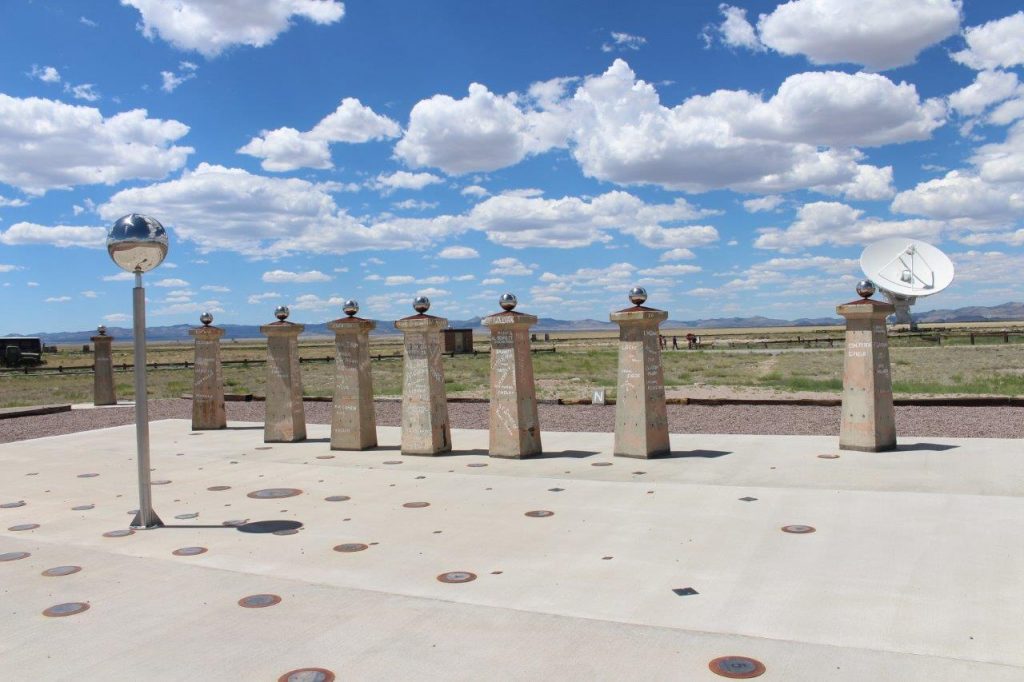
It is miles from the first satellite dish (that we passed by car) to the actual visitor center. That gives you a bit of an idea of how big this center is. We are not even going to try to explain in technical detail the existence and operations of the Very Large Array center – we leave that to scientists and astronomers and other more specialized blogs.
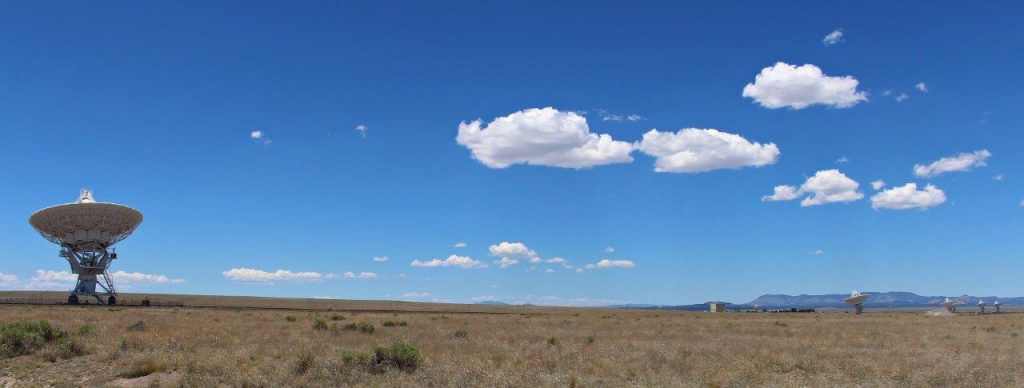
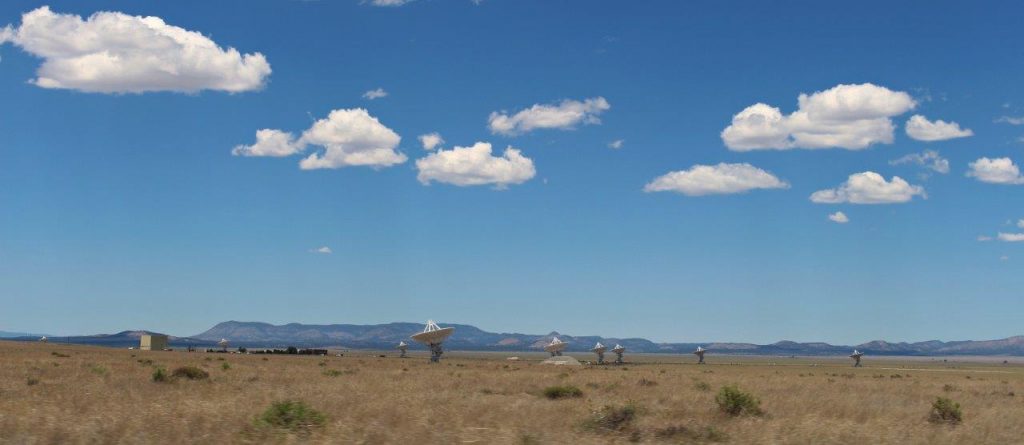
Our visit there came about, like for many other visitors, due to the exceptional movie “Contact” featuring Jodie Foster. As we are on this side of the planet, we decided to include a visit to the center in our plans and explore the site and the work that it is done there a little bit. But again, we are not going to give technical details, rather just give an idea of how rewarding the experience can be once you are there.
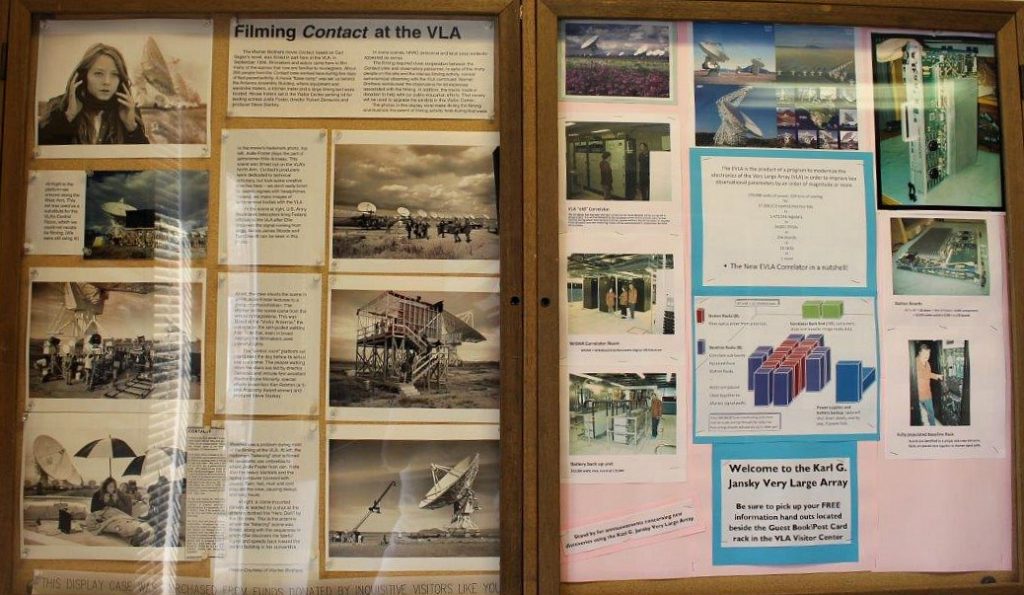
Very Large Array is located about an hour from the city of Socorro by car. That is the closest city with hotels and accommodation options for tourists. You also pass the small village of Magdalena, but there probably aren’t any hotels available around there.
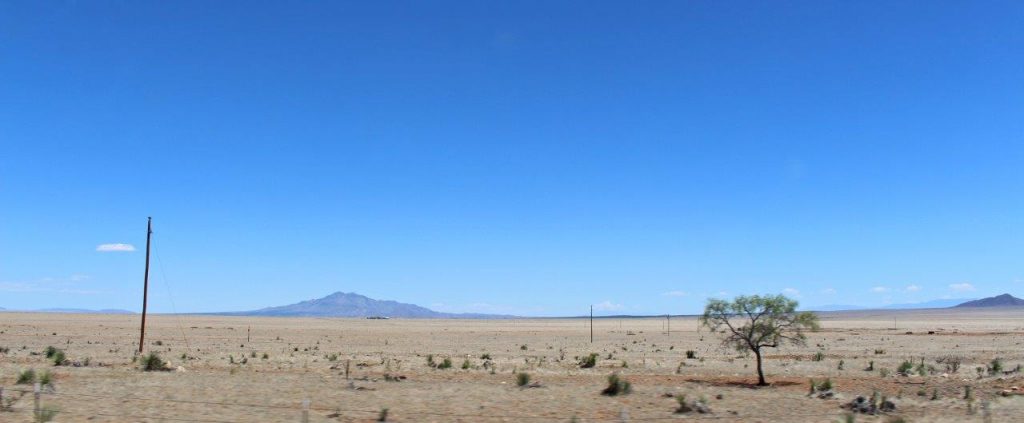
We planned the day of our visit for one of the dates when there are guided tours showing visitors around. The guided tour is free of charge and, although we could have done a self-guided tour, we preferred to have someone explaining a bit and showing us the center.
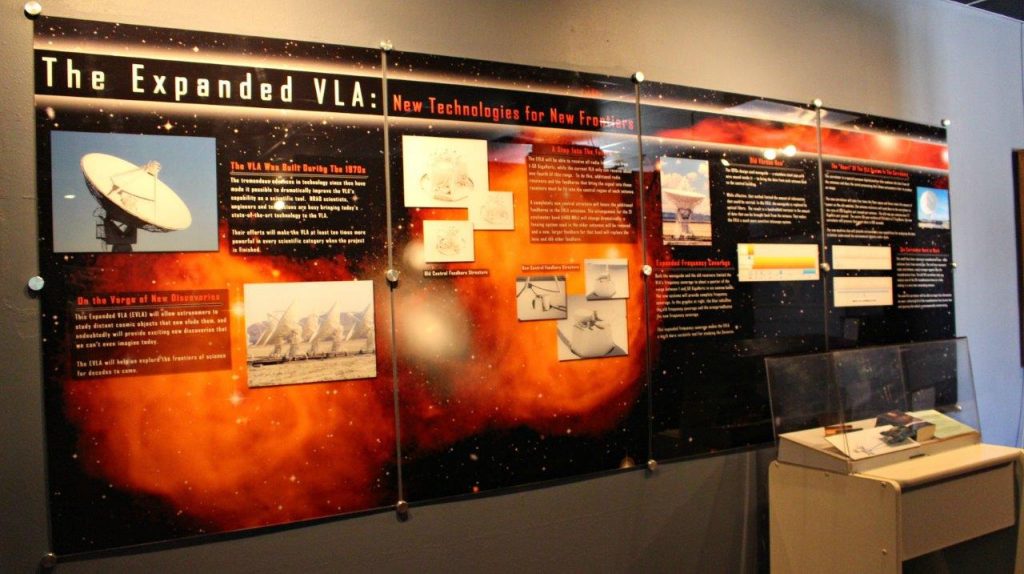
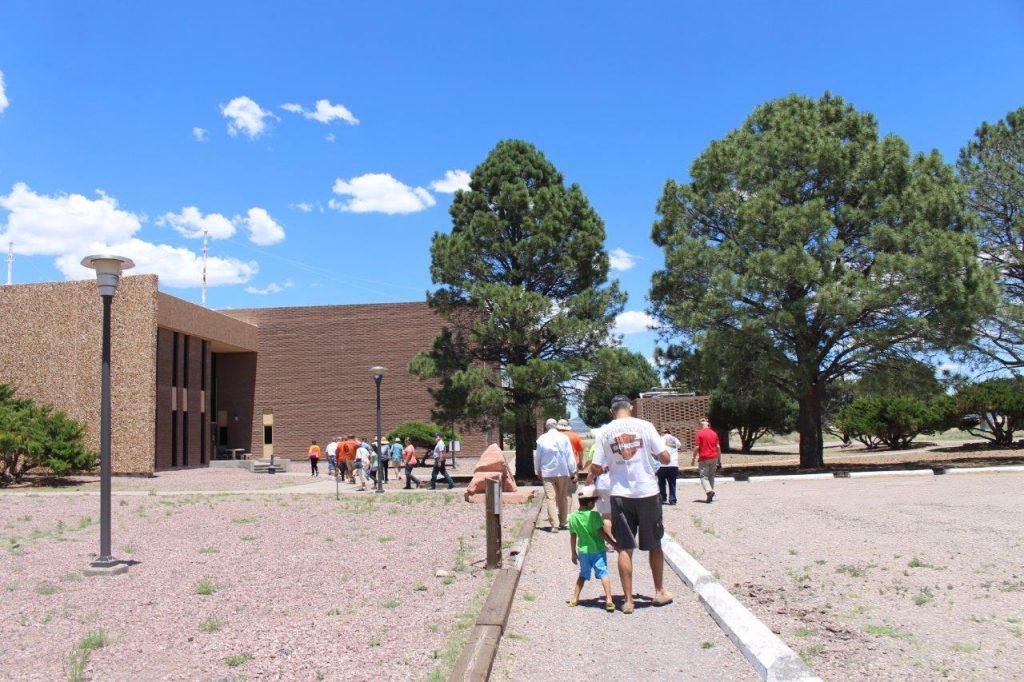
Our guides were two students who were doing a summer internship and they answered the visitors’ questions brilliantly while walking us around.
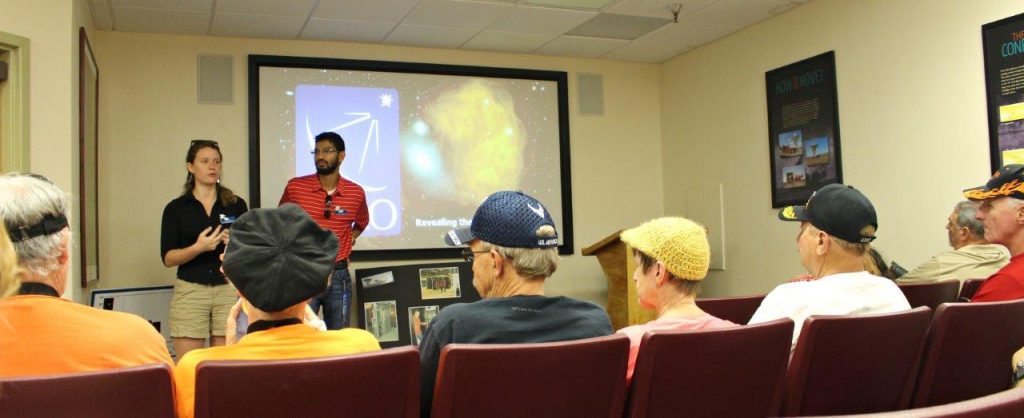
They explained about the VLA (Very Large Array) in a small conference room. After that we were shown the operations room where we met an astronomer who also answered a few more questions. We also got the chance to see the supercomputer that compiles and translates all the information collected from the universe.
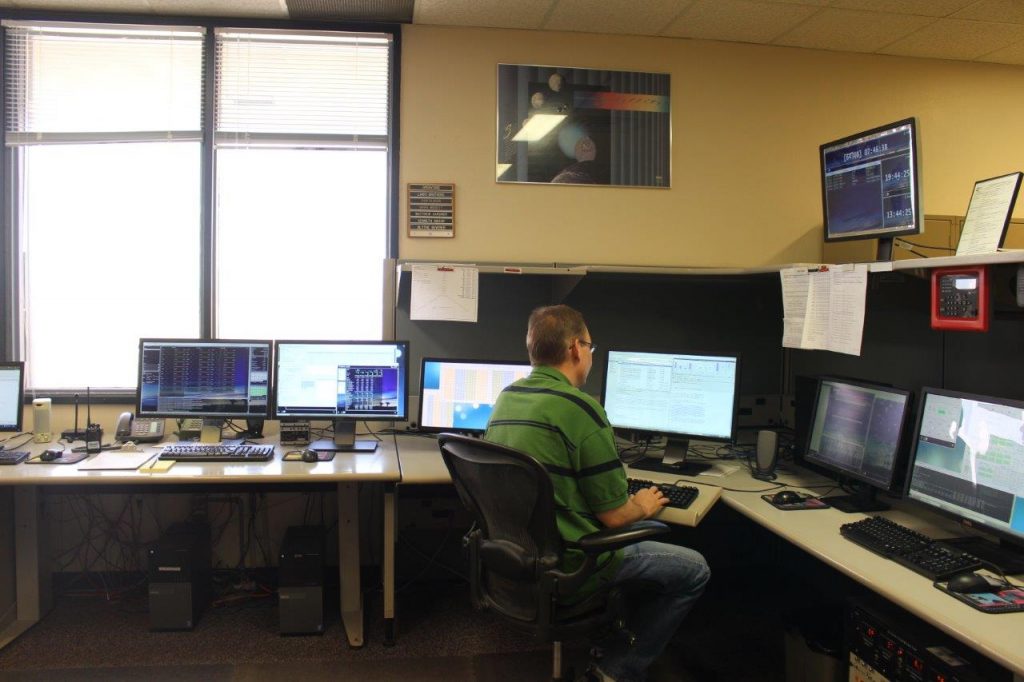
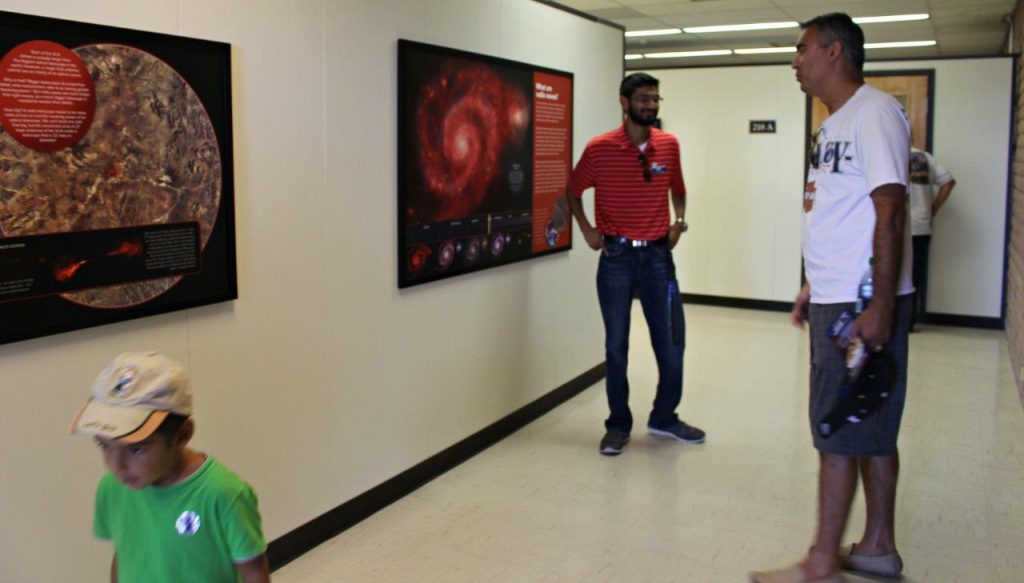
In the last part of the tour we were on a balcony in the operations building and we had a nice view of the satellite dishes spread over the vast land. We even got a closer look at one of them.
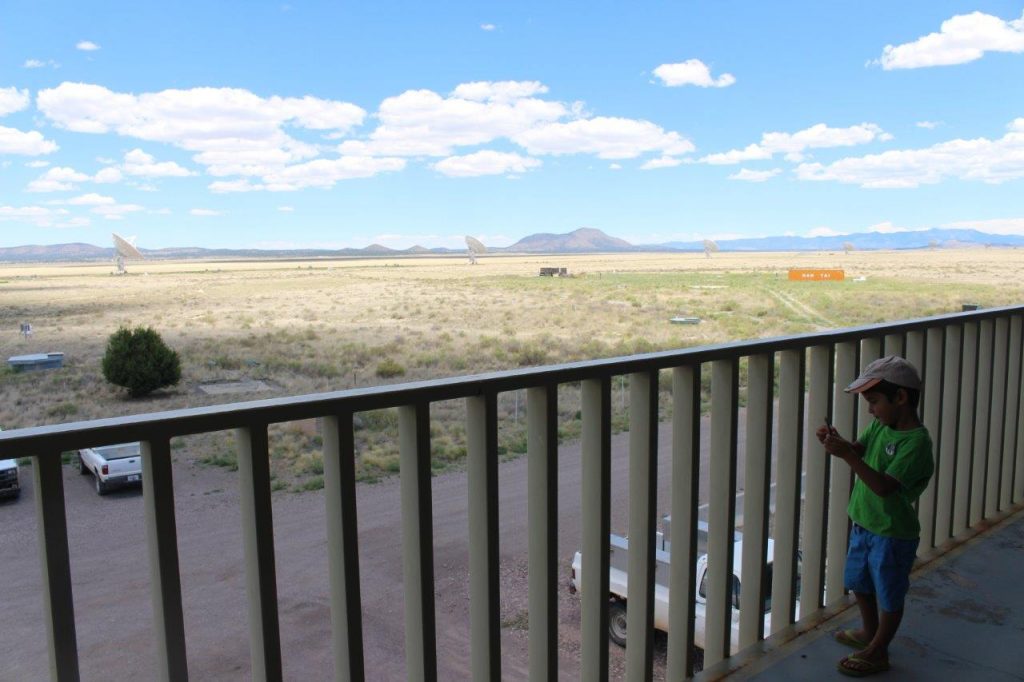
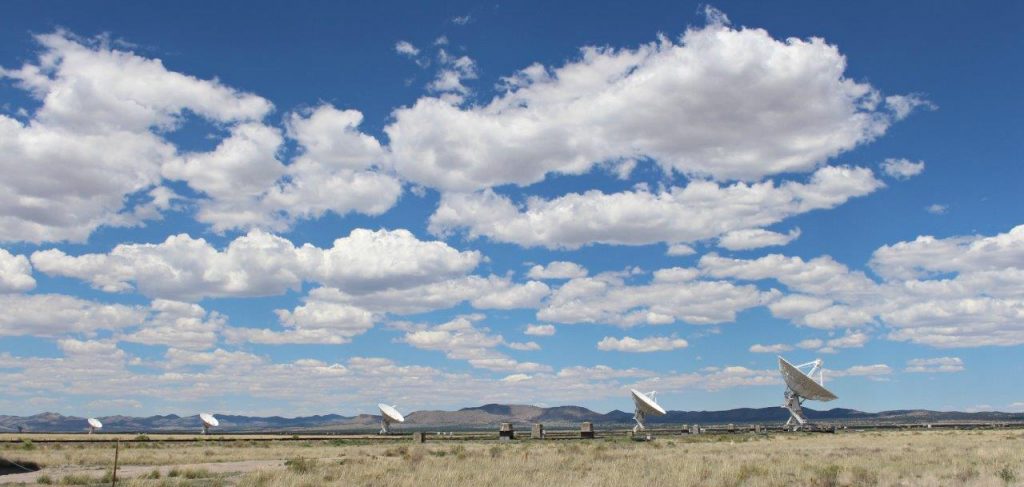
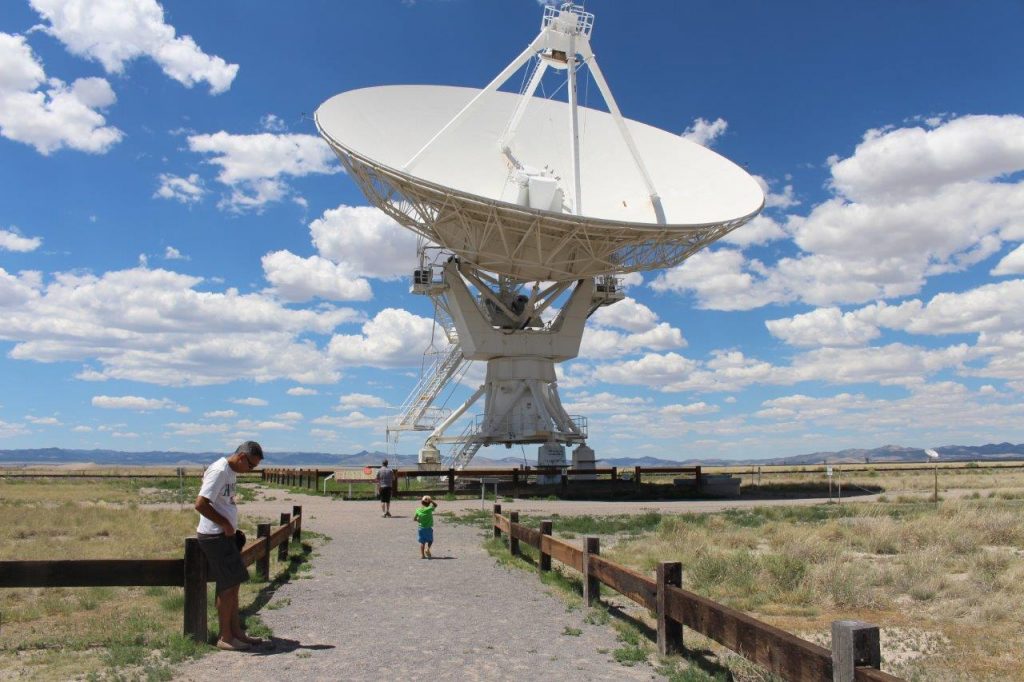
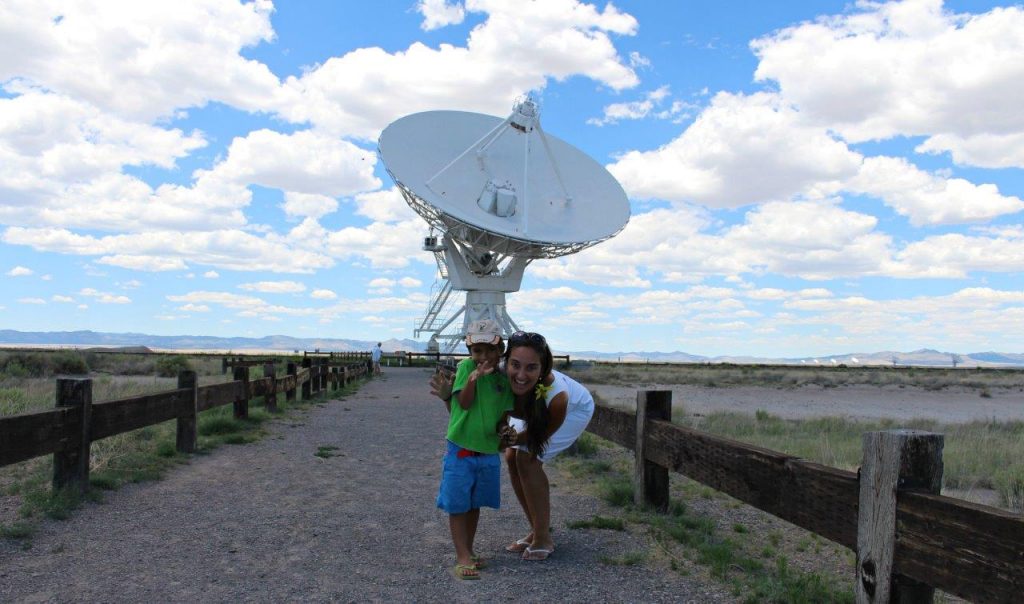
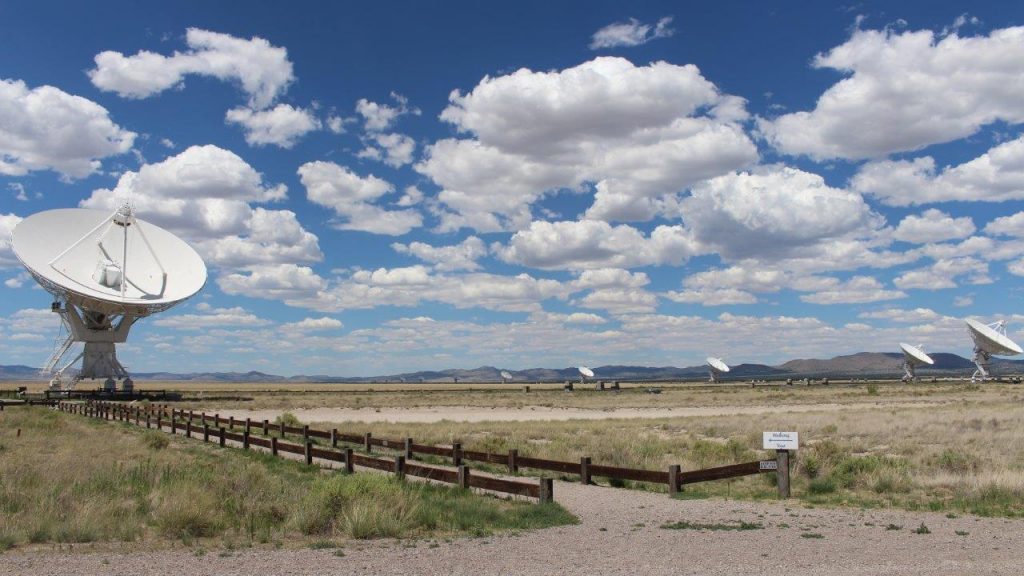
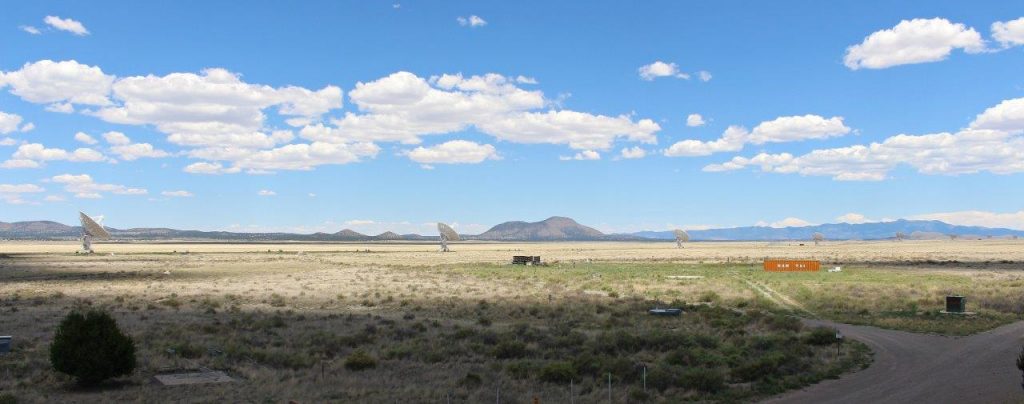
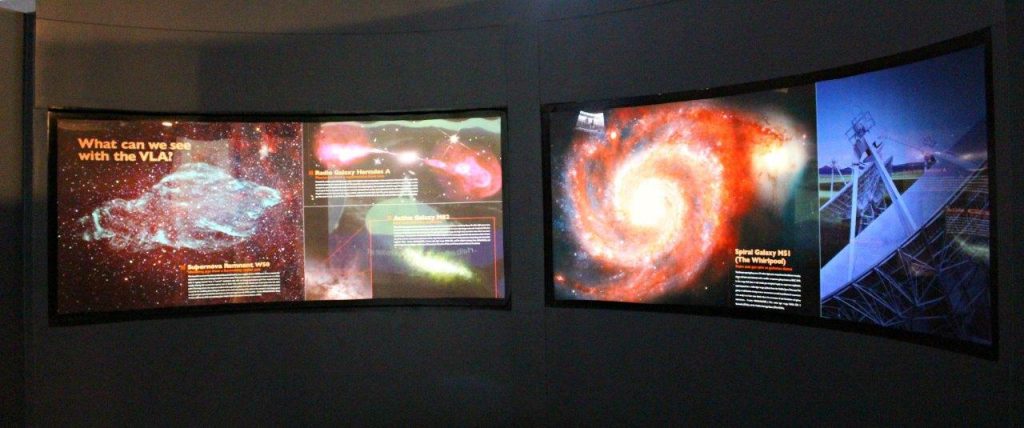
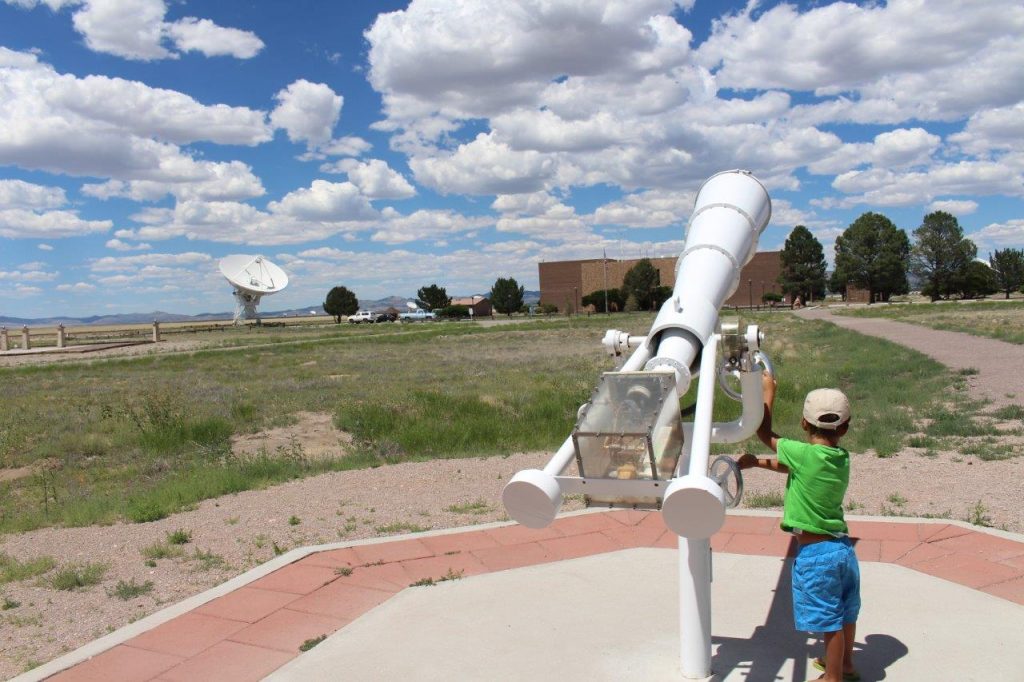
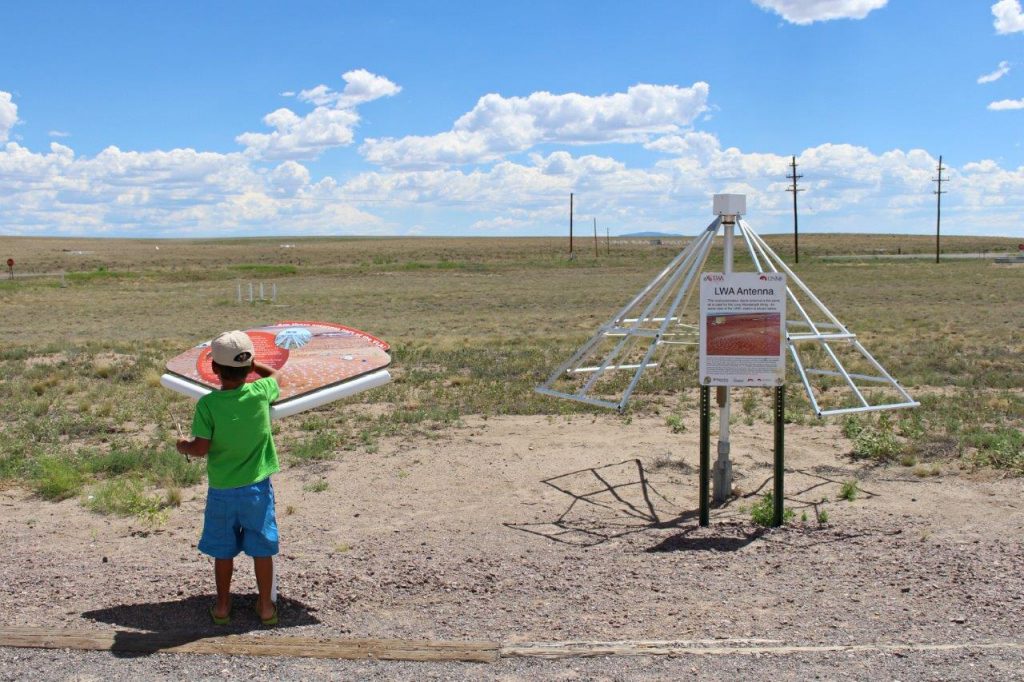
We still had time to see a short video narrated by Jodie Foster with further information about radio satellites and the VLA. It was very nice and a worthwhile experience, even for Noah, who enjoyed playing with his Spiderman throughout the facilities at the VLA.
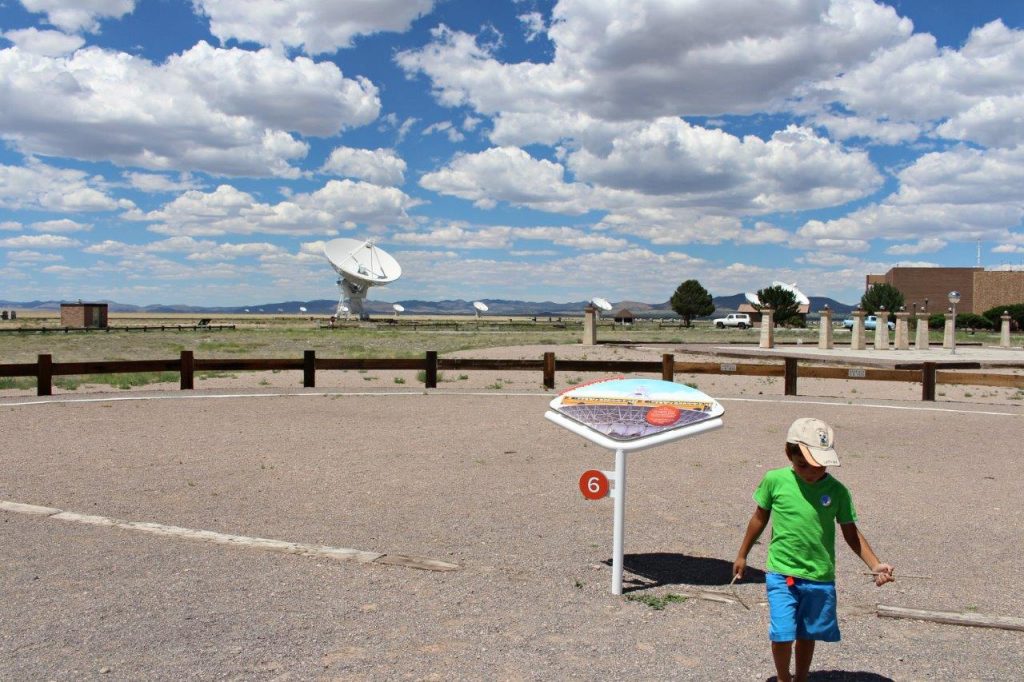
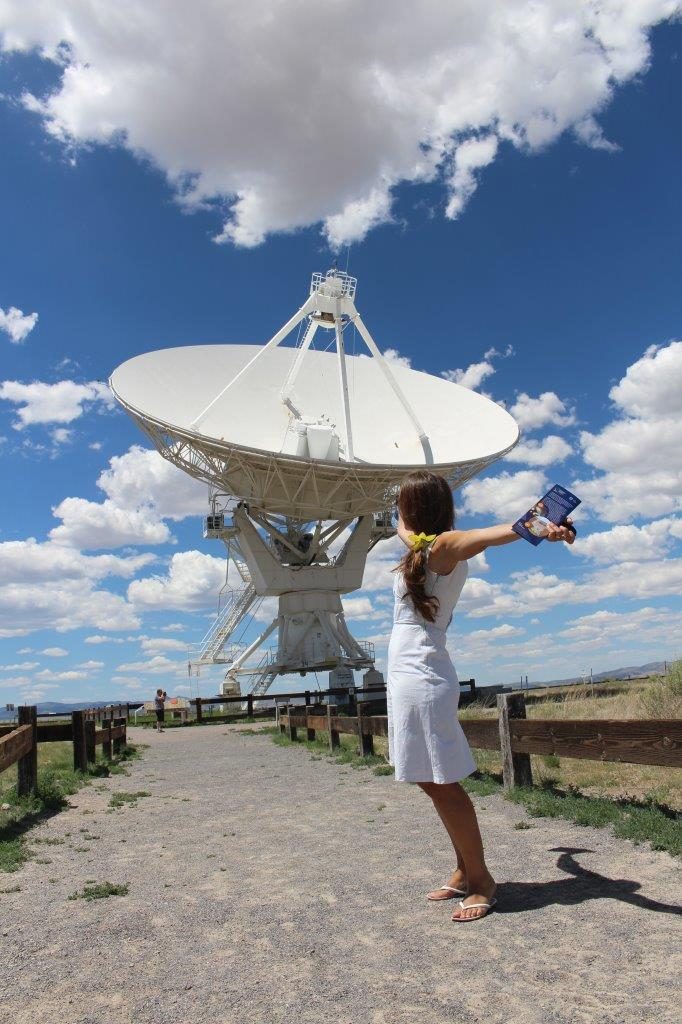
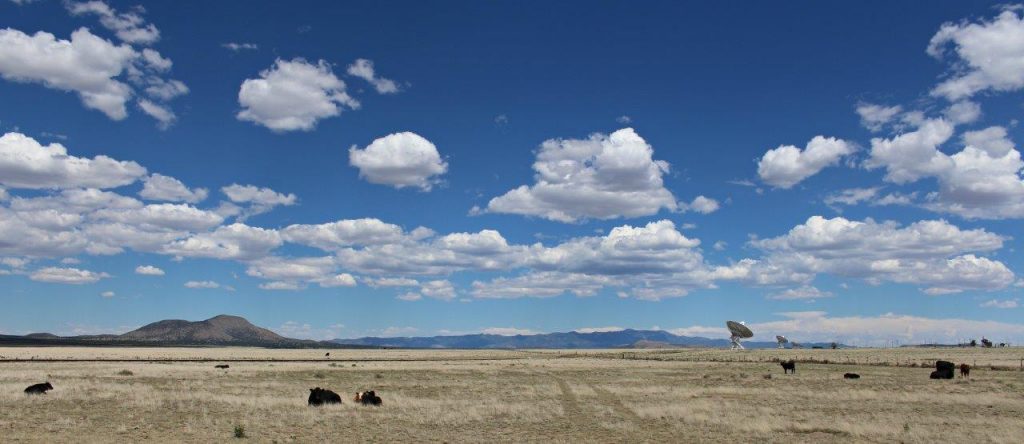
Next stop, Arches National Park!